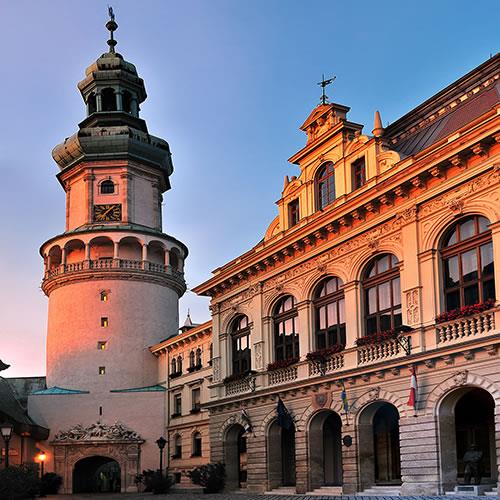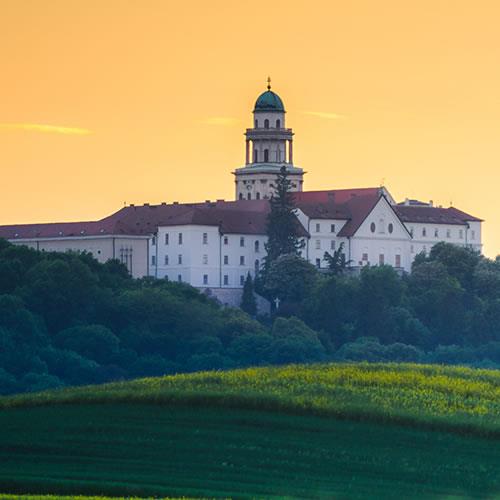


Western Transdanubia consists of the three westernmost counties in Hungary, which sit in `the foot of the Alps`. The northern portion consists of the Sopron Mountains, named for Sopron, Hungary`s westernmost town. It sits just two miles from the shores of Lake Neusiedl (or Ferto in Hungarian). The largest city in Western Transdanubia is Gyor. Close to Gyor, you will find the Pannonhalma Archabbey, a UNESCO World Heritage Site. Due east of the southern Alpokalja is where the town of Sarvar is located, the site of the first book printing in the Hungarian language. This region is well-known for its thermal spas, and each of these cities offers at least one famous thermal spa.
Budapest, Hungary`s capital, is two cities in one! Buda is on a hill and Pest is on a plain, with both sides separated by the Danube River and connected by four magnificent bridges. Budapest is one of Europe`s most delightful and enjoyable cities. It throbs with life morning, noon and night.
Transdanubia comprises roughly the western half of Hungary and includes many popular destinations and sights, such as Pannonhalma Archabbey, a UNESCO World Heritage Site; the cities of Gyor and Pécs; spa towns such as Sarvar and Szekesfehervar; and of course the enduringly popular Lake Balaton.
The Great Hungarian Plain comprises much of eastern Hungary. It is known for such historic cities as Debrecen and Szeged, both integral places in Hungary`s fight for independence and to the country`s culture. Hortobagy National Park, Europe`s largest grassland, is also located here.